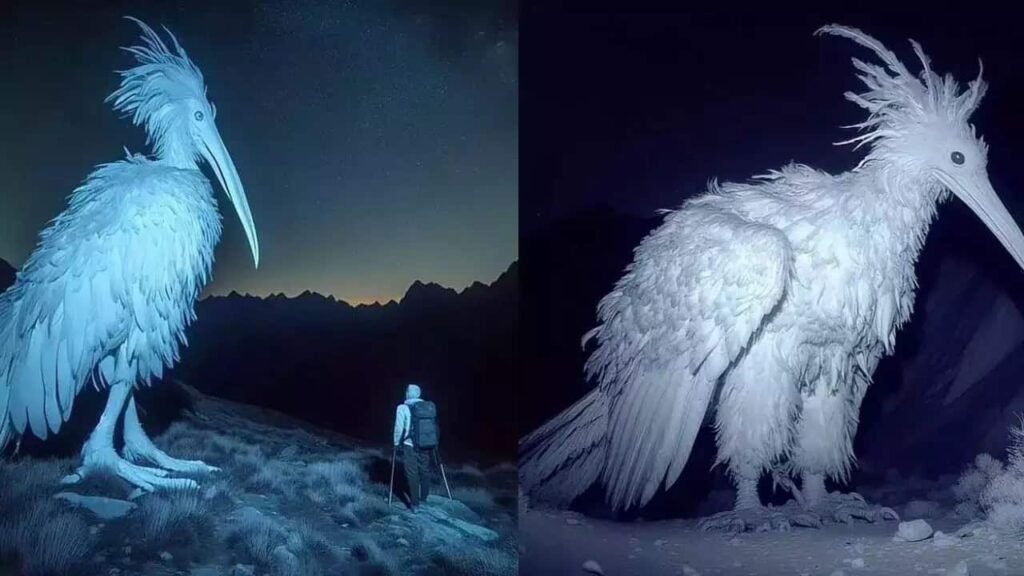In the nation-states of folklore and historical tales, the mysterious concept of Opium Birds has intrigued pupils and enthusiasts alike. Legends passed down through generations describe airy creatures with shimmering feathers that possess the energy to inspire brilliant goals and profound visions in people who stumble upon them. Are these beings mere figments of imagination, or could there be a kernel of fact hidden within those enthralling narratives?
Origins of the Myth
The origins of the Opium Birds legend are shrouded within the mists of time, spanning cultures and continents. One of the earliest mentions dates back to historical Mesopotamia, in which clay tablets defined birds that sang melodies.
So haunting that listeners might fall right into a trance-like country, akin to being underneath the impact of a mighty substance. Similar money owed floor in Egyptian hieroglyphs wherein hieratic texts tell of winged creatures that visited pharaohs in dreams, providing understanding and foresight.
Symbolism and Interpretations
Throughout records, Opium Birds have symbolized various sides of human revel in. In Persian poetry, they’re depictas emissaries of the divine, bestowing ideas upon poets and artists. Chinese folklore portrays them as messengers of transformation, guiding seekers through spiritual awakenings. Across Native American traditions, those birds are respecting as conduits to the spirit world.
Allegorical Representations
Beyond their literal manifestations, Opium Birds function as allegories for the pursuit of transcendence and the search for enlightenment. In literature, from medieval European bestiaries to modern magical realism, these avian beings often seem as catalysts for profound private revelations. Their attraction lies now not only in their purported ability to set off altered states of attention but also in their function as guardians.
Modern Perceptions and Scientific Inquiry
In the age of purpose and empirical inquiry, the Opium Birds delusion has faced scrutiny from skeptics and scientists. While no empirical evidence helps the lifestyles of birds capable of inducing hallucinogenic studies through herbal manner, some researchers advocate mental interpretations.
They recommend that encounters with Opium Birds may represent archetypal journeys of self-discovery or unconscious thoughts that try to integrate complicated emotions and studies.
Cultural Resonance and Contemporary Adaptations
Despite clinical skepticism, the allure of Opium Birds persists in the current subculture. From cinematic diversifications to avant-garde artwork installations, artists continue to explore the metaphorical capacity of these mythical creatures. Their enduring appeal lies in their potential to evoke a feeling of wonder and curiosity about the mysteries of life and the boundaries of human belief.
Tapestry of Imagination About Opium Birds
In conclusion, Opium Birds occupy a unique area of interest inside the tapestry of human creativity. Whether regarded as symbolic constructs, mental phenomena, or remnants of historical know-how, those legendary creatures are preserving to inspire and captivate.
Their memories remind us of the iconic strength of fantasy to go beyond time and tradition. Offering glimpses into the depths of the human psyche and the boundless realms of possibility that exist inside our collective awareness.
Through exploring the parable of the Opium Birds, we delve not only into the nation-states of myth and folklore but also into the deeper recesses of our own minds, wherein goals and realities intertwine in a dance as old as humanity itself.
Read also: Charging Elephant Kills Elderly American Woman in Zambia











